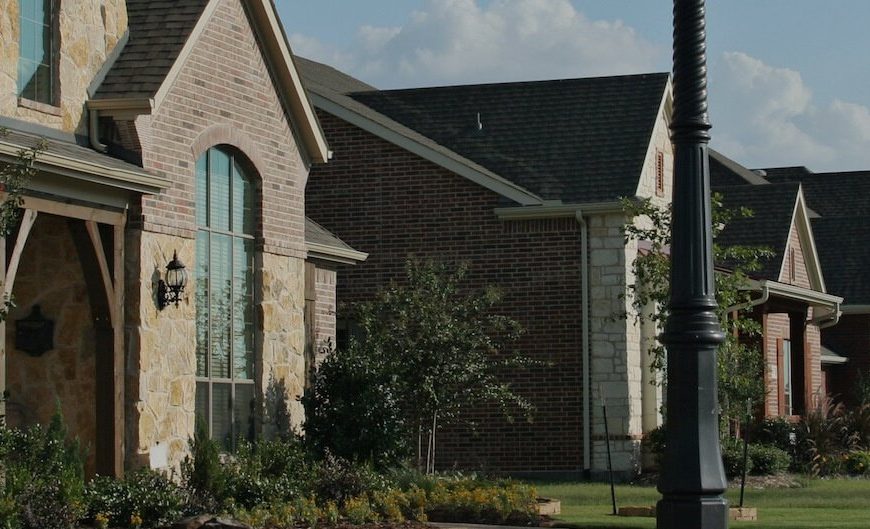Fill out the form below and a Cypress Creek representative will be in touch with you about your pest control needs.
BLOG

HOBO SPIDERS: IDENTIFICATION & CONTROL
What Are Hobo Spiders?
Hobo spiders (Tegenaria agrestis) are named after their method of expanding their distribution by hooking rides with humans. They are mostly found in the Pacific Northwest or north-western region in the United States. However, their reach is expanding. Hobo spiders are funnel weavers that can create a layered, flat web with a funnel-like den at the back of their webs, where the hobo spiders wait for their prey. Unlike other spider webs, hobo spider webs aren’t sticky. Their funnel webs are made of overlaying strands of silk that entangle the prey and attacks them.
The peak season for hobo spiders is from late June to early October. During this season, the males wander in search of a mate. The male hobo dies after mating, and the females outlive by 4 to 6 weeks, which gives them time to give birth to their spiderlings.
Hobo spiders are also known as aggressive house spiders, but they are neither aggressive nor people-attackers. But they can attack a human if they sense the threat.
How to Identify Hobo Spiders?
Hobo spiders have light to medium brown bodies and hence are often confused with the brown recluse. However, they have mono-colored brown legs. If you find any pattern on your legs, they are not hobo spiders. Some other characteristics of hobo spiders for identification include:
- Females are 1/2 to 2/3 inches long, while the males are 1/4 to 1/3 inches
- A rapid, scurrying movement
- A distinct zigzag pattern on the top of the abdomen
- Males have two large antenna-like protrusions between the two legs in the front, which look like boxing gloves.
Where Do Hobo Spiders Hide?
Hobo spiders mostly live outdoors. They prefer premises that offer secluded shelter and an abundance of insects to feed on. This makes our yards, gardens, and outdoor spaces an ideal habitat for hobo spiders. They also build their webs under brick walls, tree stumps, woodpiles, fallen trees, rock piles, and other sheltered locations.
That said, hobo spiders are not great climbers. They use their long legs to run very quickly and upwards at a speed of 2.2 miles per hour. However, they cannot climb up, and this is why they sneak indoors. Hobo spiders prefer to live on ground levels and can be found in holes, cracks, or crevices that support tunnel formation. They also love dark, moist areas and can be found in bathrooms, basements, crawl spaces, window wells, and wall voids.
How to Get Rid of Hobo Spiders in Your Home?
- Declutter: Don a pair of gloves to clear away debris and clean up the clutter so that there is no space for spiders to hide. Get that piles of boxes, the stack of cardboard, and papers removed. Restack the firewood off-ground and away from your home.
- Remove eggs sacs, webs:Inspect the corners of ground-level areas. For example, in closets, behind furniture, along baseboards, basement corners, shed garage, etc. Get rid of any spider webs and egg sacs you see, along with other insects that hobo spiders feed on.
- Seal all the entry points: Ensure to caulk all the gaps, holes, small cracks, crevices, and other spaces, that give access to hobo spiders. Use weather-stripping, check for torn window and door screens and replace them.
- Eliminate Moisture: Fix all the plumbing issues tokeep the pipes, and faucets leak-free, to remove the water source of hobo spiders.
The Bottom Line
Even though the hobo spiders do not cause any harm, but that doesn’t mean you can share the same space with them. If you suspect a spider infestation, stay calm, act fast, and call pest control professionals to get rid of them today.

